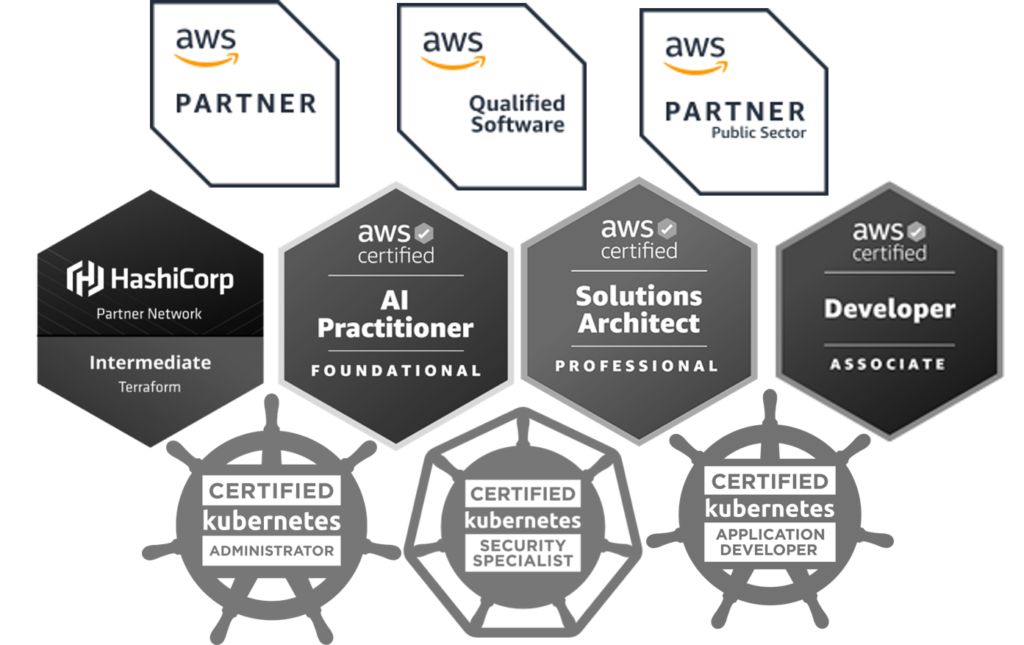Introduction:
Platform engineering is revolutionizing how organizations scale infrastructure, empower developers, and deliver software efficiently. As we approach 2025, tools integrating AI, GitOps, and multi-cloud agility are reshaping the landscape. Here’s a curated list of the top 5 tools every platform engineer should leverage to stay ahead.
1. Crossplane: The Multi-Cloud Control Plane
Why It Matters:
Crossplane extends Kubernetes to manage cloud infrastructure (AWS, Azure, GCP) declaratively. By treating infrastructure as Kubernetes-native resources, it unifies DevOps and cloud operations.
2025 Outlook:
- AI-Driven Optimization: Predictive autoscaling and cost management.
- Policy-as-Code: Enforce compliance using Open Policy Agent (OPA).
Use Case: Automate multi-cloud database provisioning with self-service APIs for developers.
2. Backstage: Internal Developer Portal (IDP)
Why It Matters:
Created by Spotify, Backstage centralizes tools, documentation, and services into a single UI, reducing cognitive load for developers.
2025 Outlook:
- AI-Powered Search: Natural language queries for resources.
- Template Generators: Scaffold projects with integrated security policies.
Use Case: Streamline microservice creation with pre-approved templates and automated CI/CD pipelines.
3. Argo CD: GitOps-Powered Continuous Delivery
Why It Matters:
Argo CD automates Kubernetes deployments using GitOps principles, ensuring declarative configurations are always synced with the Git repository.
2025 Outlook:
- AI-Driven Sync Strategies: Optimize rollout patterns based on traffic and risk analysis.
- Multi-Cluster Governance: Manage fleets of clusters with automated drift detection.
Use Case: Enable zero-downtime deployments for global SaaS platforms using canary rollouts.
4. Grafana Beyla: eBPF-Powered Observability
Why It Matters:
Grafana Beyla leverages eBPF to monitor applications without code changes, offering granular insights into performance.
2025 Outlook:
- AI Anomaly Detection: Proactively flag bottlenecks using historical data.
- Unified Metrics/Logs/Traces: Context-rich dashboards for SRE teams.
Use Case: Troubleshoot latency spikes in serverless functions with zero instrumentation.
5. Dagger: CI/CD Pipelines as Code
Why It Matters:
Dagger reimagines CI/CD by letting developers define pipelines in their preferred language (Go, Python, etc.), making workflows portable and reusable.
2025 Outlook:
- AI-Powered Pipeline Optimization: Auto-parallelize tasks for faster builds.
- Multi-Cloud Execution: Run pipelines seamlessly across AWS, GCP, and Azure.
Use Case: Replace fragmented Jenkins scripts with unified, version-controlled pipelines.
Conclusion:
In 2025, platform engineering will hinge on AI automation, developer self-service, and multi-cloud resilience. Tools like Crossplane and Backstage abstract complexity, while Argo CD and Grafana Beyla enhance deployment reliability and observability. Dagger’s developer-centric pipelines bridge the gap between code and production. By adopting these technologies early, teams can future-proof their platforms and drive innovation at scale.
A New Kid on the Block!
XePlatform: The AI-Native, Unified Engineering Platform
visit https://xeplatform.com/ to learn more






